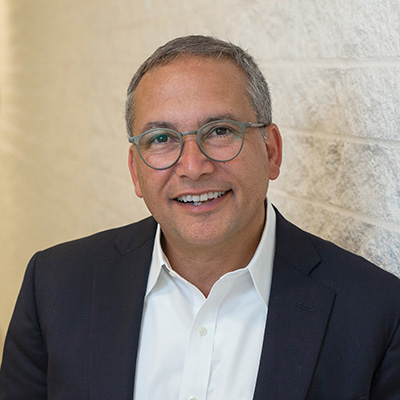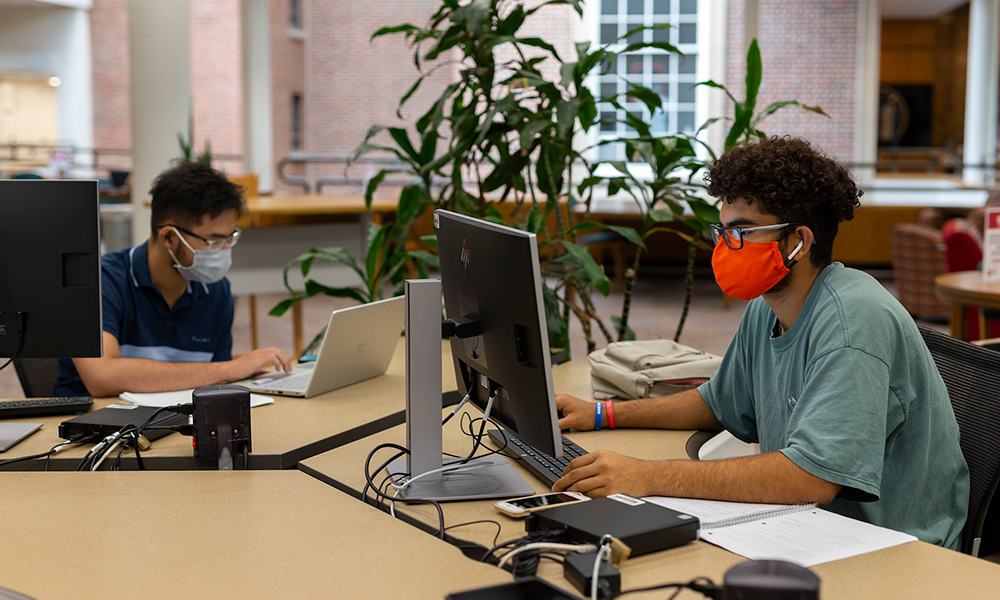Spring break looks a little bit different this year at Denison University: There isn’t one. Here’s why.
During fall semester, the questions around COVID-19 were straightforward: how do we keep the novel coronavirus off our campus? How do we minimize the possibility of anybody — student, faculty or staff — getting the virus and causing a larger outbreak that would require us to close campus?
But simple questions are not sufficient in complicated times. During the first semester, we listened and learned from the experiences of our community, especially our students. In doing so, we realized that our questions were too narrow. Of course, we needed to manage COVID-19. But we also needed to address the mental health impacts related to it, which are being exacerbated by the social isolation required to manage the pandemic.
Let’s not forget that one of the benefits of a residential campus is the learning that takes place outside of the classroom, especially the peer-to-peer interactions. As we reflected on the first semester, we used surveys and engaged with campus organizations to get student advice about the second semester. And we decided that we needed to open things up a bit.
More classes are meeting in-person. We resumed athletics and many other co-curricular activities, and we gave a green light to more socializing on campus, as long as it was conducted safely.
We realized that we could safely open up more of campus life if we could largely prevent students from leaving campus. Our message to students was if you need to go downtown to get something critical, that’s fine. But for the most part, we really need people to not travel off campus. And if you can do that, then we can really open up things and have a much more normal second semester.
That brings us to spring break.
Our experiment in a more open second semester, powered largely by keeping students on campus, has thus far been quite successful. However, we also heard from students that 16 weeks of uninterrupted academic work is really too much for any student to take and, at a certain point, produces diminishing returns.
So, we decided to give students two days off this week, on Tuesday and Wednesday, while also requesting faculty to not have any major assignments due this week. Think of it as “spring break lite.”
It’s important to note here that this decision was made in conjunction with our students. By listening to students and engaging them in creative problem solving, we have iterated our way to a good place.
What we learned was that students desperately wanted to be back on campus second semester, but they needed more normalcy. They were willing to give up their spring break and leaving campus in exchange for that greater degree of normalcy on campus, as long as there was an intermittent break.
Throughout the year, students have been clear about what matters most to them. They want to be in classrooms with our faculty, have opportunities to safely socialize in the dorms with their friends, be able to play competitive athletics, do arts and participate in other campus organizations.
To a large degree, this is a testament to our students. They realized that having as full of an experience as possible throughout the semester meant making a trade-off around spring break.
The untold story from this academic year on many liberal arts campuses is how amazing students have been in managing COVID-19 and supporting each other. There has been a lot of media coverage about things that have not worked, but not enough about the successes. At Denison University, our students have stepped up and found a way to make it work. I have been impressed, inspired and grateful.
There’s a kind of social contract that’s emerged this past year and a real sense that we are all in this together and that we owe it to each other to do what’s right for the campus. Students deserve a lot of credit for helping us manage a complicated year.
As a result, spring break can wait until next year.

